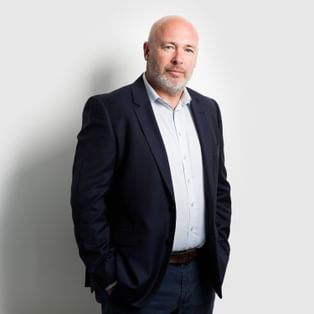Faced with declining revenues, turbulent economic conditions and an uncertain future, many businesses will be looking at reducing costs and optimising business processes right the way across their organisations.
Cost Reduction
Areas of focus for cost take out will naturally include IT infrastructure and applications, software licensing and subscription services, as well as back-office functions such as Customer Services, Finance, HR and Procurement - areas which are frequently seen as annoying and costly distractions for senior management. At the same time, the COVID-19 crisis is proving to be a significant driver as businesses seek to accelerate digital transformation (such as online and mobile services), with a survey[1] carried out by cloud provider OpsRamp in April suggesting that 73% of IT operations and DevOps teams expect to either accelerate or maintain digital transformation spending through the global pandemic.
A possible solution for enterprise as it pivots the focus investment strategies towards digitalisation and related technologies such as automation and AI, may be a “carve-out” of some or all of its captive/shared service operations involving a third party service provider.
Carve-Out Models
Although there are various models which can be used (such as joint ventures, monetisation and minority stakes), a carve-out will typically involve the parent hiving off of selected back-office activities (and associated employees and other resources) into a separate entity (if not already organised that way). That entity is then sold by the parent to a third party service provider who agrees to provide those same back-office activities as services back to the parent under an outsourcing agreement.
Carve-out transactions are not new. There are numerous examples of successful carve-outs including British Airways/WNS; GE/Genpact; Microsoft/Expedia; and United Utilities/Vertex. In the UK, implementing a carve-out will typically give rise to a number of considerations such as data protection, employee consultation and tax structuring, as well as the need to negotiate robust asset sale and outsourcing agreements, and legal advice should always be sought especially where cross-border issues arise.
Where the acquisition model is to be adopted, this would typically take the form of a traditional private M&A transaction. Particular considerations would include:
- Will the target business be packaged into a standalone company pre-sale (enabling a share sale) or will the parent sell the target business and assets to the acquiring service provider? Tax treatment will be relevant to this decision;
- In either case, the application of TUPE to the employees of the target business;
- Ensuring a clean separation from the former parent and adequate provision for shared assets and services; and
- Upfront or earn-out consideration structures.
- Speed and efficiency of deal execution to ensure that revenues are not lost.
Benefits
Benefits for the former parent can include:
- A balance sheet injection from the proceeds of sale;
- Avoidance of future capital expenditure and investment in non-core activities;
- Robust service levels and pricing metrics;
- Improved reporting and management information;
- Baked-in service enhancements and investments from the service provider;
- Access to the service provider’s business continuity and disaster recovery arrangements; and
- Access to the service provider’s economies of scale and purchasing arrangements.
Carve-outs can also be viewed as more attractive option than undertaking a redundancy process or a much larger ‘cost cutting’ outsourcing program.
Benefit for the formerly captive service provider can include:
- A cultural shift with a morale boosting effect for previously ‘peripheral’ employees;
- Ability to attract top talent and incentivise the workforce;
- Access to the new owner’s systems, knowhow and contacts;
- Clearer performance measurement; and
- Increased revenues and the ability to report growth to investors and other shareholders.
Larger service providers have proved more resilient than some of the smaller captive operations during the COVID-19 crisis, having already invested in remote working and contingent workforce solutions, whilst many captives have been reported to be operating at reduced capacity, if they have not been completely closed, with smaller facilities unable to implement adequate social distancing and other health and safety measures.
Opportunities
We are aware of several large service providers actively seeking carve-out opportunities, as faced with the cancellation of discretionary projects by their customers, deferred or panned RFPs and challenging market conditions, they seek to consolidate market share through acquisition.
Please contact the author or your usual Fladgate contact if you would like to discuss this further.





























